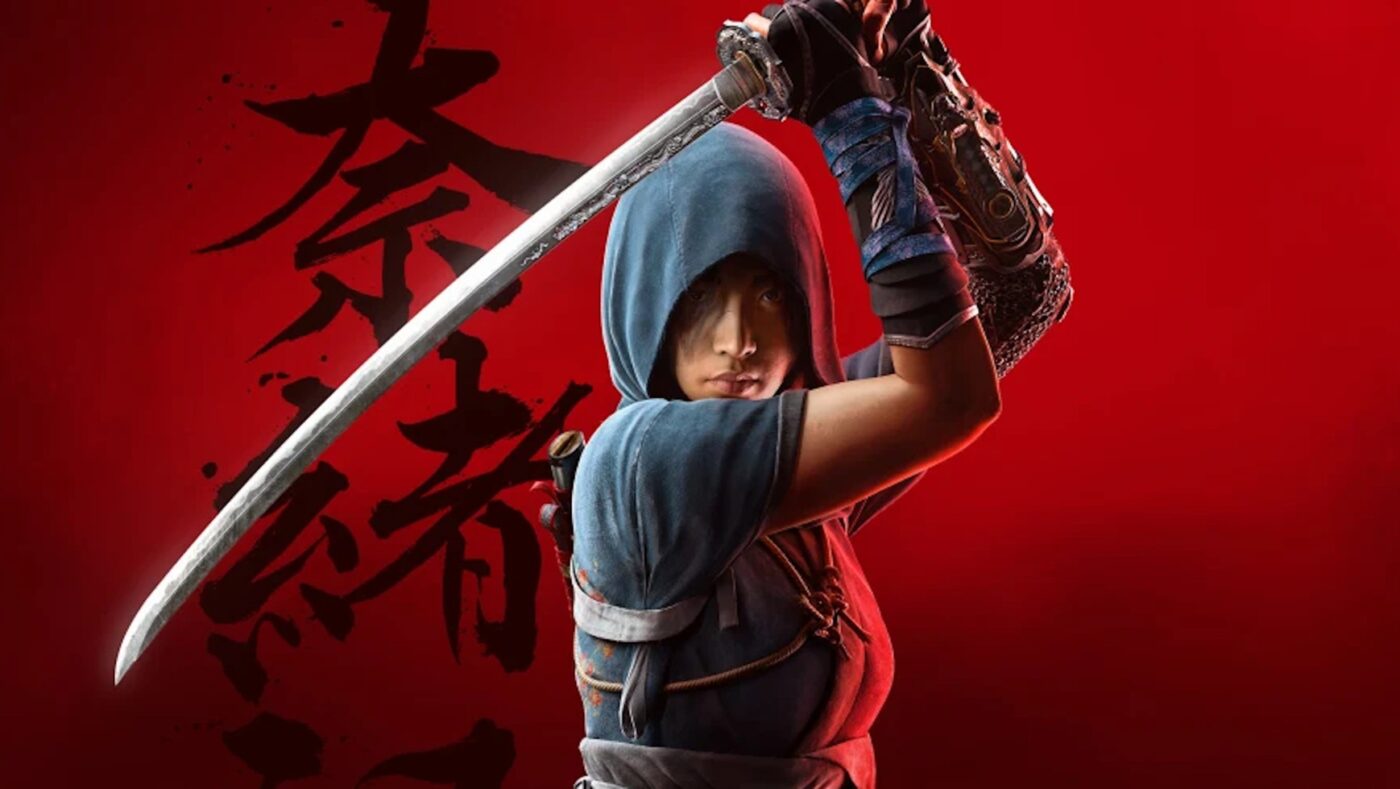Summary
Assassin’s Creed Shadows offers a meticulously crafted experience blending stealth and samurai combat in feudal Japan. The review details contrasting protagonists, immersive environments, nuanced gameplay, and technical brilliance, highlighting compelling narrative and repetitive mission elements.
Overall
-
Plot
-
Narrative
-
Acting
-
Characterization
-
Gameplay
-
Visuals
-
Replayability
Assassin’s Creed Shadows is a game full of promise, boldly challenging traditional mechanics by seamlessly blending careful stealth with fierce samurai combat in a meticulously recreated period of feudal Japan. From the very first moment, it is evident that Ubisoft has taken an ambitious leap forward. The game effortlessly draws you into a rich world where every dim alley and misty mountain pass carries both history and hidden meaning. Rather than beginning with a straightforward introduction, Shadows unfolds its layered narrative gradually, letting two very different heroes shape a story that is as personal as it is epic. Their journeys are imbued with intensity, each step both precarious and charged with purpose. Our review of Assassin’s Creed Shadows analyzes whether the game lives up to its high expectations.
In this immersive world, you meet two primary protagonists: Naoe and Yasuke. Naoe is a quiet, highly skilled assassin whose every move is meticulously planned and executed. Her life is driven by a deep-seated need for revenge, forged in the crucible of a troubled past. She navigates through the darkened corridors and secret passageways with deliberate caution, always aware that danger could be lurking behind every shadowed corner. Each stealthy step is fraught with risk but also presents a vital chance for survival. The game makes you share in the palpable tension that fills every silent moment.
Yasuke, by contrast, commands attention on the battlefield. Celebrated as Japan’s first Black samurai, his presence is impossible to ignore. His fighting style is defined by raw aggression and unyielding power. When Yasuke steps into combat, he does so with an almost overwhelming force—the clash of his sword and the decisive might behind every strike create a profound impact in each encounter. Although his narrative role may seem more straightforward compared to Naoe’s intricate journey, Yasuke becomes a living symbol of strength and perseverance. The interplay between Naoe’s stealth and Yasuke’s full-frontal force creates a dynamic fusion that drives the game forward with an energy that is both subtle and explosive.
Ubisoft has crafted a world of stunning detail in Shadows. The game captures feudal Japan not only accurately but with artistic flair that infuses modern sensibilities into a historical tapestry. The lush countryside is awash with the vivid hues of blooming cherry blossoms and gently flowing rivers that invite moments of quiet reflection. Imposing castles and narrow, winding streets in bustling market towns are presented with such care that every element feels alive. The art and technology work together so naturally that roaming through these varied environments feels like stepping into a living painting. As you traverse this world, you experience the subtle shifts of weather and season—the warmth of a golden autumn light in a castle courtyard can quickly give way to the abrupt drama of a heavy, sudden downpour. These atmospheric details enhance the visual splendor of the game while simultaneously challenging you to adapt your tactics to ever-changing conditions.
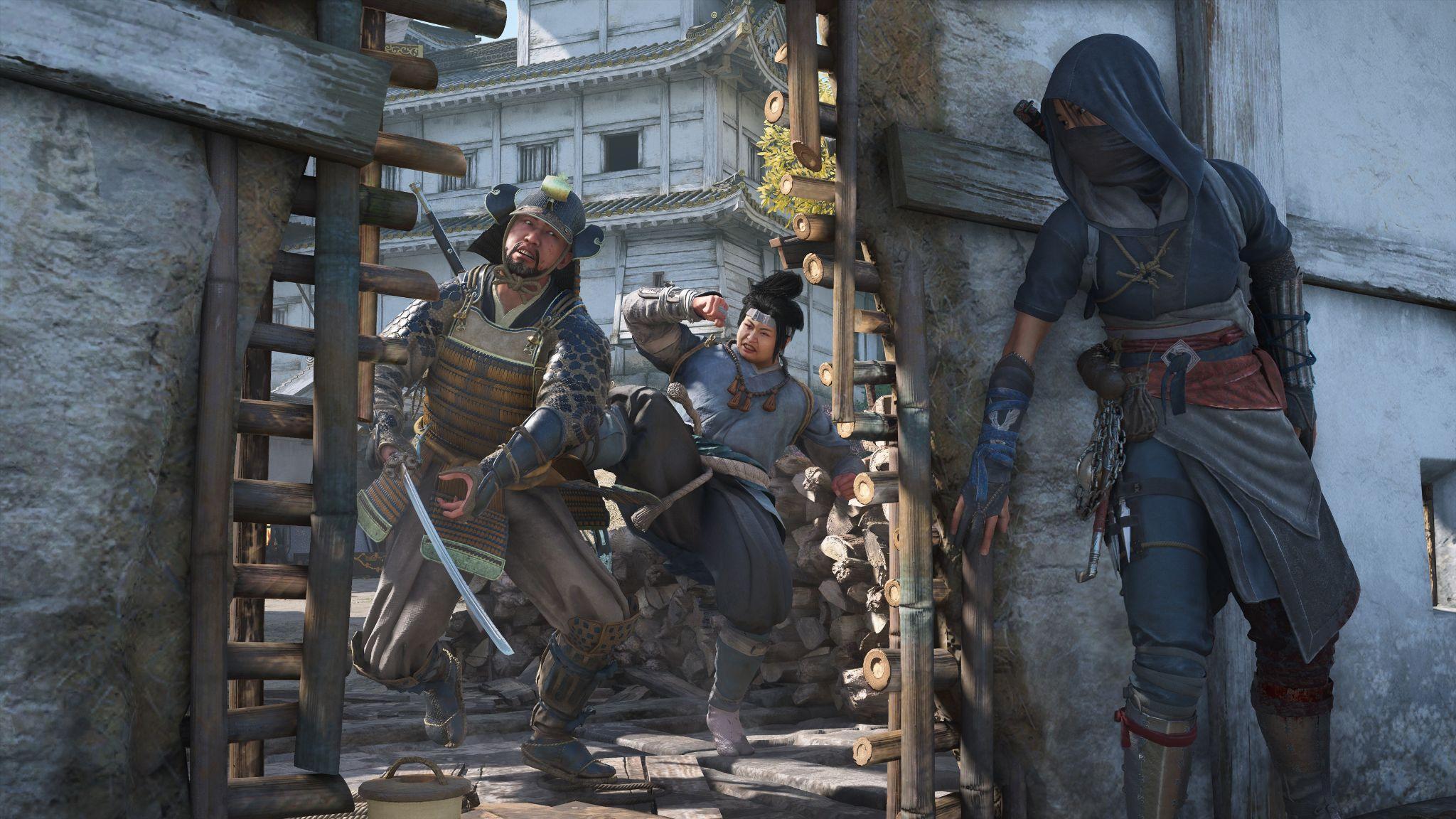
The narrative of Shadows unfolds slowly and deliberately. Rather than rushing through events, the story builds its world methodically, layer by layer. Naoe’s story centers on her relentless need for retribution as she seeks to dismantle a secret group of masked foes whose dark deeds are inextricably linked to her past. Every mission she undertakes is marked by intense focus and a calm deliberation before decisive action. In these moments of quiet before the strike, the weight of her personal losses is keenly felt, allowing the gravity of her motivations to resonate throughout the game. Every whispered conversation in a dimly lit room or a hushed meeting beneath the soft glow of a lantern underscores the importance of every decision and every sacrifice.
In contrast, Yasuke’s narrative is delivered in shorter, more intense bursts—moments that are as impactful as they are fleeting. His early appearances on screen resemble tightly crafted vignettes that capture your attention with immediate force. Though the game does not delve as deeply into his inner emotions, his actions convey volumes. His ascent from a difficult past to his esteemed position as a samurai is both impressive and memorable. Even if his inner thoughts are less explored than Naoe’s, his battles powerfully demonstrate his resolve and determination. The smooth transition between the two protagonists enriches the experience, emphasizing that the contrast between shadow and force is a core part of Shadows’ appeal.
When controlling Naoe, gameplay transforms into an intricate chess match. She must slip silently through shadowy corridors and leap gracefully over rooftops while remaining hidden from alert guards. The developers have implemented a highly detailed visibility system in which even slight variations in ambient light, posture, or weather conditions can make the difference between remaining unseen or being exposed. Every calculated movement is a reminder that even a single misstep could have dire consequences. This system imbues each successful stealth kill with an added layer of satisfaction, as it not only rewards careful planning and precision but also builds an immersive sense of tension. For those curious about how stealth mechanics drive many modern titles, exploring concepts behind stealth games can offer interesting insights.
In stark contrast, playing as Yasuke delivers an entirely different, exhilarating experience. In these segments, the game shifts into a burst of high-energy action where you face enemies head-on. Yasuke’s combat is characterized by heavy, resolute strikes; every clash, parry, and counter is choreographed to be both dramatic and impactful. The fluid combat animations lend each strike a satisfying weight and precision, making every confrontation a visceral thrill. His battle sequences burst with raw intensity that keeps your pulse racing, establishing a constant rhythm that maintains the game’s freshness from beginning to end. For a broader perspective on titles that combine open-world exploration with dynamic combat, one might consider the evolution of open world video games.
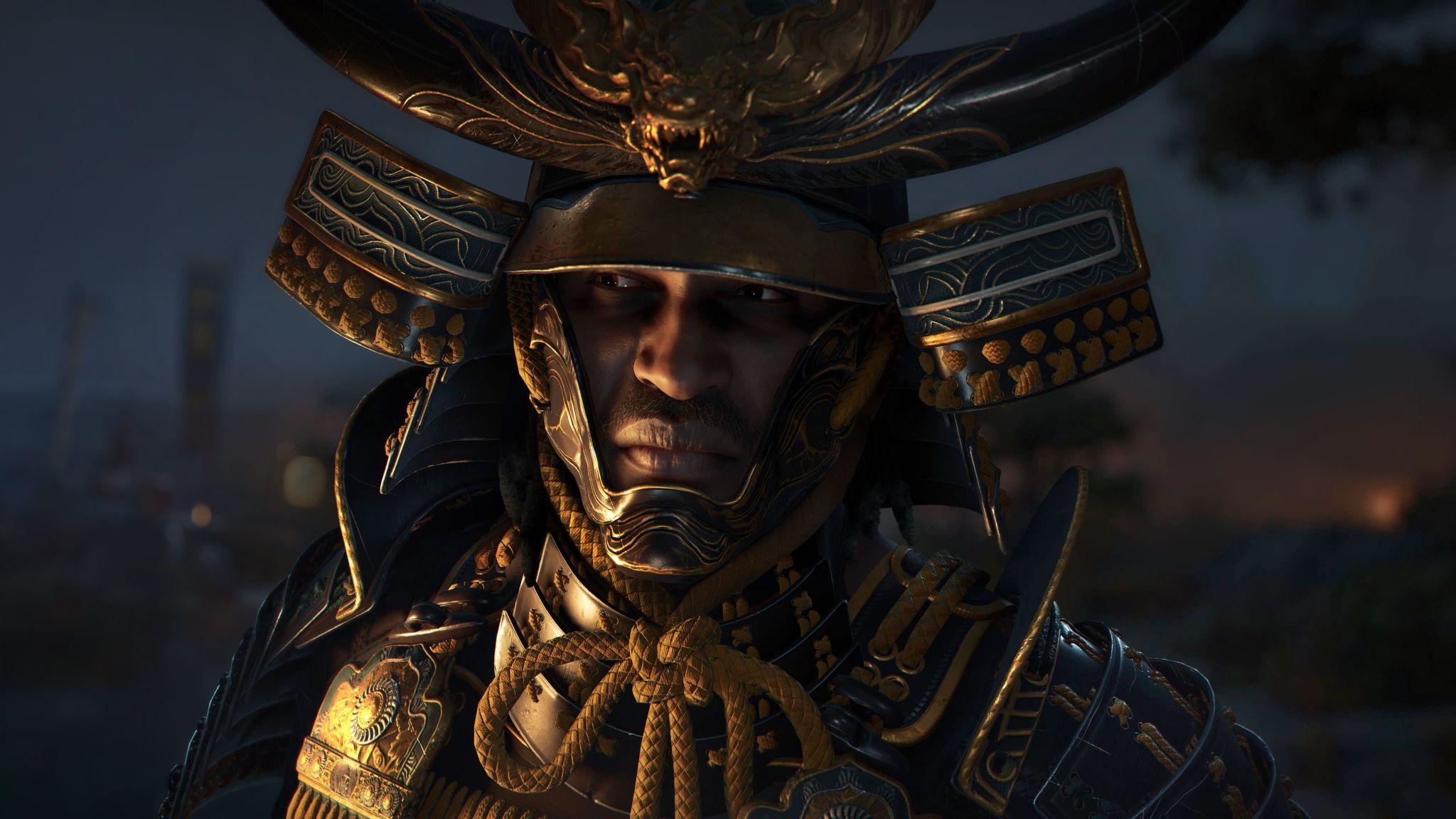
Beyond its main narrative, Shadows offers an abundance of side activities and smaller quests that deepen its historical and cultural texture. You might find yourself participating in traditional tea ceremonies where every gesture and ritual carries its own significance, or embarking on missions that traverse bustling market streets, age-old shrines, and remote mountain hideouts. These side quests draw on rich Japanese folklore and the broader Japanese culture to add additional layers to the unfolding story. Such activities not only yield meaningful rewards but also serve to enrich the backdrop of feudal Japan in a manner that feels entirely organic.
The progression system in Shadows stands out as a thoughtful alternative to the repetitive grind found in many contemporary games. As you explore this expansive world, you collect resources, uncover hidden treasures, and unlock new abilities that allow you to customize your play style to a remarkable degree. These rewards serve a dual purpose: they enhance your characters’ strength and simultaneously allow you to tailor your approach to both stealth and direct combat. Whether you prefer operating quietly behind enemy lines or meeting foes head-on, you can adjust your equipment and skills to perfectly match your tactics. This design encourages a balanced strategy where observational skill and decisive action are equally rewarded, and it mirrors concepts central to video game design.
Like any ambitious title, Shadows is not without its flaws. The narrative sometimes relies on beats that, while effective, may feel predictable to those familiar with the genre. The cycle of planning a mission, infiltrating a guarded area, eliminating a target, and then moving on is repeated with enough regularity in larger open-world areas that it can occasionally feel monotonous over time. Although the game’s stunning visuals and dynamic environments continually offer surprises, these repetitions may sometimes detract from the impact of the main storyline. Balancing in-depth exploration with a compelling narrative is a challenge for any open-world game, and while Shadows largely manages this delicate equilibrium, there are moments when the extra content distracts from the core experience.
Character development in the game presents a mix of strengths and opportunities for improvement. Naoe is portrayed with a palpable sense of purpose and quiet determination, making her a memorable figure whose quest for revenge is both understandable and deeply felt. Yet there are moments when her internal struggles and opportunities for personal growth could have been explored in greater depth. Yasuke, celebrated for his combat prowess, does not receive quite the same level of introspection. His motivations beyond his role as a formidable warrior sometimes appear only superficially explored. Their interactions, although charged with hints of deeper emotional undercurrents, can occasionally feel rushed or underdeveloped—a missed opportunity in an otherwise intricate narrative. For those interested in exploring the art of historical fiction, such nuances offer an added layer of engagement.
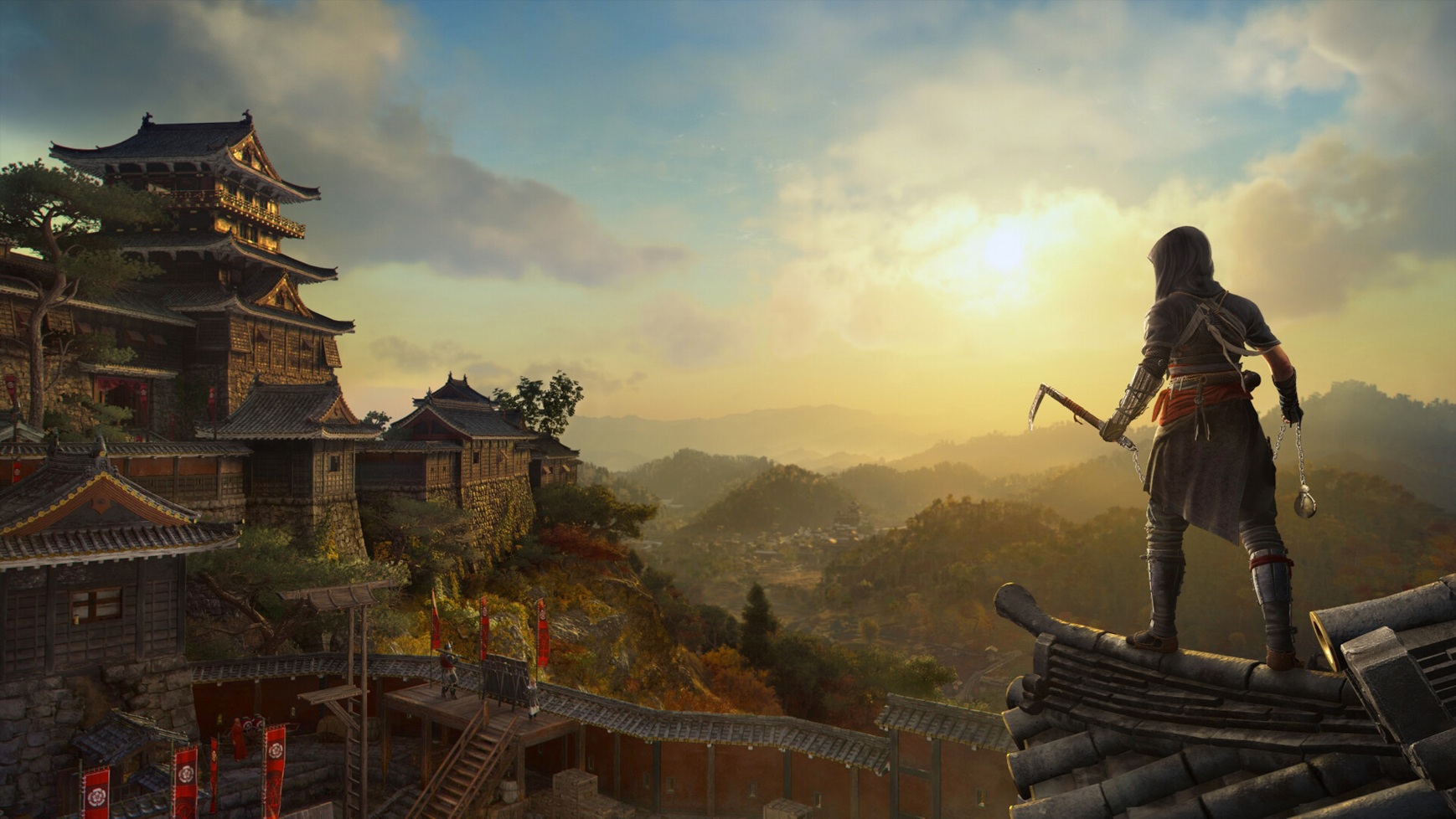
The technical achievements of Shadows are equally impressive. Ubisoft has devoted significant effort to creating a world that feels both expansive and rich with detail. The high visual quality, coupled with meticulous sound design and smooth computer animation, contributes to an experience where every detail resonates. The dynamic weather system does more than simply please the eye—it actively influences gameplay. A light rain may soften your footsteps, while a heavy downpour might mask your movements, forcing you to adapt your strategy in real time. These factors add strategic depth to every encounter while enhancing the immersive feel of the game. Similarly, the atmospheric soundscape—with the realistic clash of sword against sword and the rhythmic sword fighting techniques—is crafted to draw you further into the narrative. The musical score, carefully tailored to each scene, enriches both quiet moments and intense battle sequences.
Arguably, one of the most exhilarating facets of Shadows is its refined combat system. Each battle tests your skill and precise timing. Whether playing as Naoe or Yasuke, every fight calls for thoughtful strategy and exact execution. As Naoe, every stealth kill is a meticulously choreographed act of focus and precision. The thrill of a flawlessly executed takedown is immediately palpable, and the challenge of perfecting your approach is constantly renewed. In contrast, Yasuke’s combat segments are filled with electrifying energy. His heavy blows and aggressive maneuvers turn each conflict into a display of raw power. Every encounter under his command is a spectacle of force, making every victory an exhilarating triumph. The seamless alternation between subtle stealth and powerful direct action creates a rhythm that keeps the gameplay experience fresh and unpredictable. For fans of fast-paced action games, these moments offer pure exhilaration.
Despite its many strengths, Shadows does have areas where it could improve. The overwhelming quantity of side quests and optional missions sometimes threatens to detract from the main narrative. The game’s expansive map is peppered with numerous potential adventures, and at times, the central storyline is interrupted by a flurry of additional tasks. This abundance, while a testament to the developers’ ambition to create a rich and immersive world, can occasionally draw your focus away from the core story. Finding the balance between engaging side explorations and a coherent, focused narrative remains a delicate task. For those keen on understanding the intricate balance of storytelling, the principles behind historical fiction might offer further insights.
Nevertheless, the overall experience offered by Assassin’s Creed Shadows is one of remarkable ambition and rewarding gameplay. The game refuses to shy away from complexity, presenting characters and a world that are layered and compelling. Its narrative, while occasionally treading familiar ground, is built meticulously, and its visual and technical achievements stand as a testament to the creativity and skill behind it. Dynamic weather, lifelike animations, and immersive sound design coalesce to create a world that appears as tangible and vibrant as history itself. Shadows challenges you to step into a living, breathing past, where every shadow hides a secret and every clash of steel carries meaning.
Ultimately, Assassin’s Creed Shadows redefines the historical action genre by inviting you to explore a world rich in cultural heritage and fraught with danger. Whether stealthily navigating ancient corridors as Naoe or engaging in explosive combat as Yasuke, every moment is designed to push your skills and reward your persistence. The game masterfully captures the tension between careful strategy and explosive action, weaving a story that is at once intimate and grand in scope.
For players who appreciate games that reward meticulous planning and quick reflexes, Shadows offers a treasure trove of challenges and unforgettable moments. Its seamless integration of stealth and robust combat—combined with a mesmerizing portrayal of feudal Japan—ensures that it stands out in the Assassin’s Creed series. While there may be moments of predictability and characters who do not receive all the depth they deserve, the game’s ambition and technical brilliance shine through with every scene. Each step taken in the game is a step toward discovery, and every encounter tests your resolve while immersing you deeper in a world that feels as real as it is mythical.
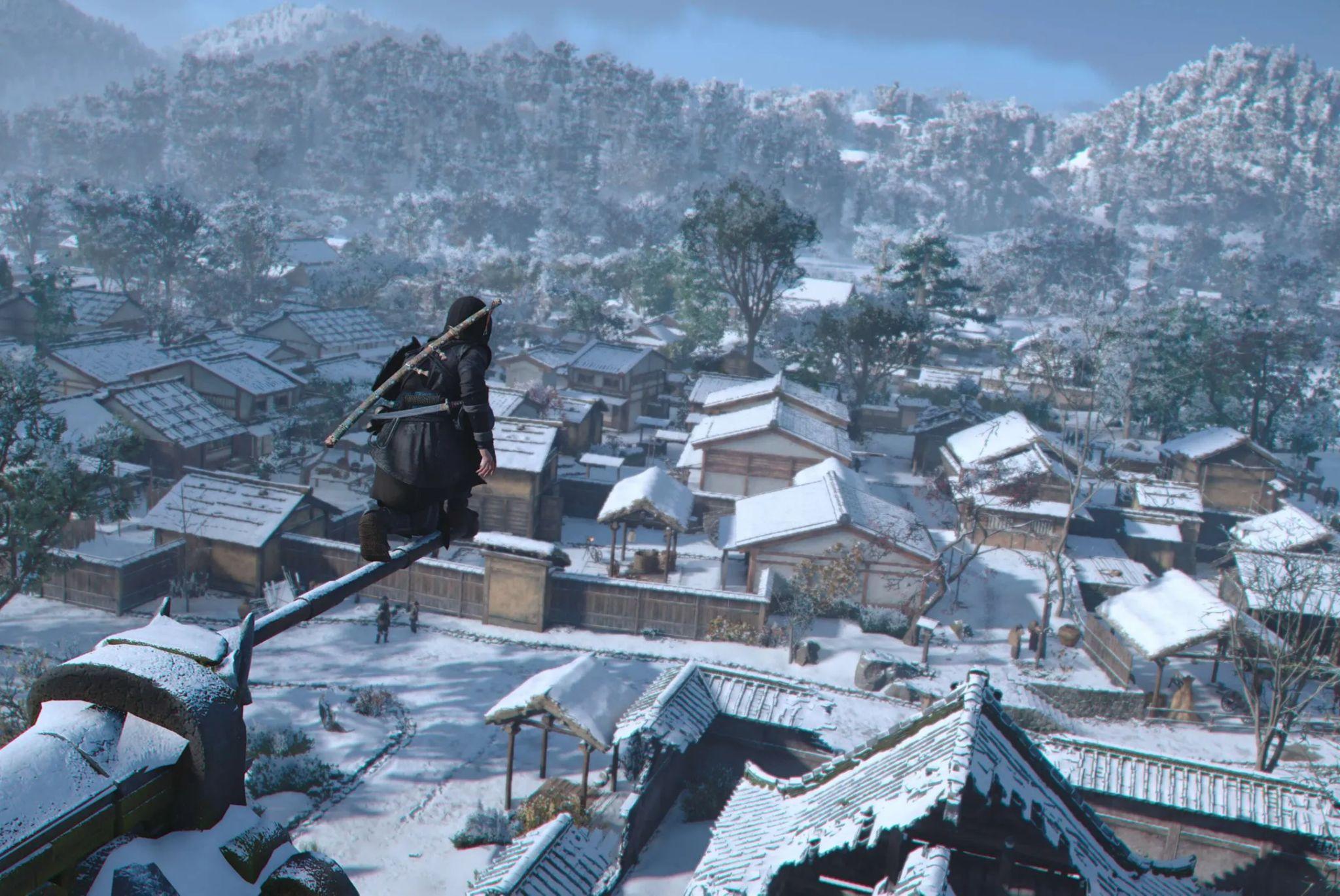
Assassin’s Creed Shadows is not simply an action game; it is an invitation to experience history from a fresh perspective. It challenges you to embrace both the quiet precision of stealth and the overwhelming force of direct combat. It is a reminder that every segment of history contains hidden narratives waiting to be uncovered, and that every warrior—whether silent or thunderous—has a vital story to tell. Those interested in the evolution of video game development and the art of immersive storytelling will find much to admire in this title.
In a gaming landscape where many titles favor fleeting thrills over thoughtful narratives, Shadows presents a more considered approach. It encourages you to take your time, admire the subtle details, and savor the artistry in every scene. Its layered approach to both storytelling and gameplay ensures that the experience lingers long after the final battle is over. The game pays homage to the past while boldly forging a path toward new interactive storytelling frontiers.
Every aspect of Assassin’s Creed Shadows contributes to a journey that is as challenging as it is gratifying. It is a saga of two warriors, each with destinies that intertwine with the fate of an entire nation. It is a story of revenge, honor, and the eternal struggle between light and shadow. As you fight, explore, and unlock the secrets of feudal Japan, you become an integral part of a living history—one that evolves with every choice and every heartbeat. Even if not every question is answered, the game invites you to forge your own legacy in a world where every hidden corner has a tale waiting to be told.
This game is a bold invitation to experience history on both a personal and epic level. It rewards strategic thinking and sharp combat skills, pushing you to explore a world as intricate as it is breathtaking. For anyone seeking a game that marries thoughtful storytelling with relentless action, Assassin’s Creed Shadows offers a journey that is truly worth taking. It is a reminder that even in a realm bathed in light, the shadows hold endless secrets—and in embracing them, we come to understand the deeper stories of our past.
Ultimately, Assassin’s Creed Shadows stands as a powerful testament to immersive design. Its combination of deep narrative elements and expertly refined gameplay mechanics creates an experience that is both intellectually stimulating and viscerally exciting. As you traverse its beautifully rendered landscapes and confront formidable foes, you partake not only in epic combat but also in an evolving tapestry of history—a tapestry where every silent corridor, every burst of clashing steel, and every reflective pause carries its own story. Embrace the journey, step into the shadows, and allow history itself to reveal its secrets through every striking moment of this extraordinary experience.

